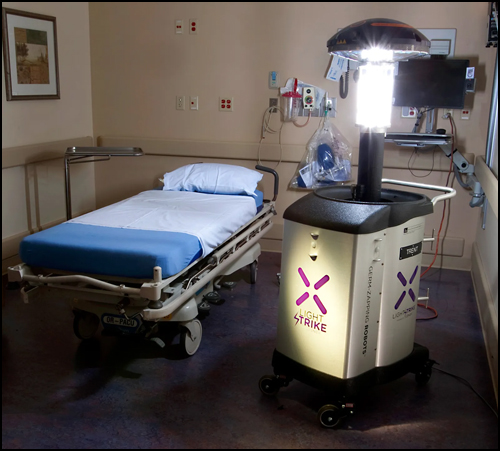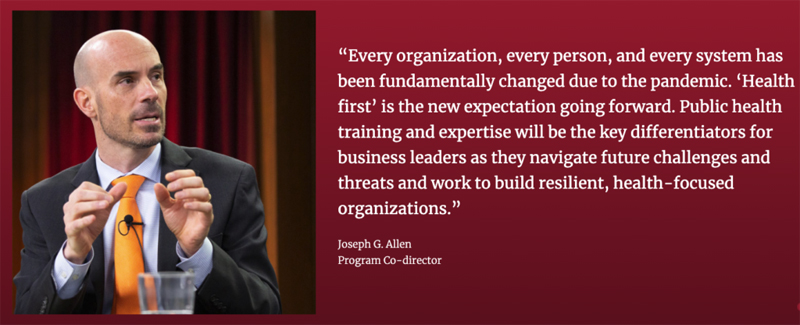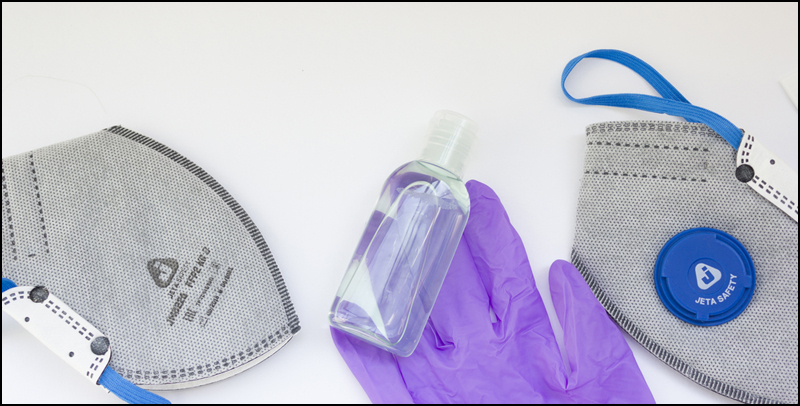5 Ways Cleaning Medical Offices Has Changed Post COVID-19
1. Increased Frequency of Disinfection
The COVID-19 pandemic has led to a dramatic increase in how often high-touch surfaces are disinfected in medical facilities. Items like doorknobs, chairs, counters, and light switches used to be cleaned just once daily or even less frequently.
Now, these high-touch points are disinfected multiple times per day to curb viral transmission.
Patient rooms in particular require thorough sanitization after each appointment instead of only at the end of the day. Any surfaces the patient may have touched including the exam table, instruments, chairs, and computer equipment are carefully disinfected before the next patient enters.
This strict room turnover process from Beth Israel Deaconess Medical Center aims to prevent any residue of the novel coronavirus.
"In a daily clean we do what is called a high touch area so everything that is touched by the nurses, the doctors, or the patient, we wipe down," says Connie, a housekeeper at UnityPoint Health. Connie uses a strong disinfectant on all high-touch surfaces.

According to Connie, when a patient is discharged, "We strip everything out of the room, open up every drawer, every cabinet. We start on one wall and go all the way around wiping everything down." This deep clean takes 30-60 minutes depending on room size.
Connie then uses a Xenex UV disinfection robot. "It is ultraviolet light that kills germs through ultraviolet lights," she explains. After multiple cycles, the bed is remade and room prepped for the next patient.
Frequent, thorough cleaning protocols between patients aim to eliminate any pathogen residue and prevent healthcare-associated infections.
Waiting rooms and lobbies also undergo disinfection much more regularly, sometimes even hourly. Chairs, doors, front desk areas, and bathrooms are wiped down with hospital-grade disinfectant to reassure waiting patients.
2. Greater Focus on Aerosol Transmission
Medical offices have significantly increased disinfection efforts focused on aerosol transmission routes. SARS-CoV-2 reinforced the risks of airborne viral spread through small respiratory droplets and particles.
There is now frequent sanitization of HVAC systems, vents, ducts, and other air circulation components. Replacing HVAC filters with MERV 13 or higher improves filtration of airborne particles. Portable HEPA air purifiers further enhance air cleaning between patients.
"We haven't designed buildings for health. We have bare minimum standards," says Professor Joseph Allen of Harvard's School of Public Health. He explains that COVID-19 revealed the importance of indoor air quality and better HVAC systems.
"A well operating HVAC system is not only good for the health of employees it can be good for the health of companies too," says Allen. Upgrading to MERV 13 filters that catch 90% of particles, increasing outdoor air intake, adding sensors and monitoring carbon dioxide levels can dramatically improve air quality and reduce virus transmission.
Katie Hughes, Amazon's Director of Health and Safety, explains how their HVAC improvements protected employees:
"When Washington and Virginia were smothered by smoke from Canada, our buildings were performing very well."
Better ventilation and filtration kept indoor air clean.
By improving HVAC systems, using higher-grade filters, monitoring air quality, and exchanging indoor air with outdoor air, buildings can significantly reduce the spread of airborne illnesses like COVID-19 and influenza.
Many facilities schedule disinfection cleaning when exam rooms are unoccupied to allow proper air exchange. Aerosol-generating procedures like nebulizer treatments are done in negative pressure rooms. These strategies reduce the presence of infectious aerosols in the air during patient encounters.

3. Use of More Advanced Disinfectants
At the start of the pandemic, basic disinfectants like bleach, hydrogen peroxide and alcohol were often utilized.
Now, medical facilities are adopting more advanced hospital-grade disinfectants specifically proven through testing to eliminate SARS-CoV-2. The EPA maintains lists of approved disinfectant products for use against the novel coronavirus.
Additionally, new disinfectant application methods have been implemented. Electrostatic sprayers charge disinfectant molecules so they better adhere to surfaces. Portable UV-C lighting disinfects surfaces and air. Fogging systems disperse fine disinfectant mists for broad coverage. And as mentioned earlier, even robots are being deployed to disinfect.
"Our goal is to get to zero infections. We do not want anybody coming to this facility ever leaving with an infection," says Leah Davis, an infection prevention specialist at Northwest Specialty Hospital.
To further reduce infection rates, the hospital uses a Xenex germ-zapping robot. "This goes a step above and beyond and gets areas where it's hard for Environmental Services to get in the nooks and crannies," Davis explains.
The robot emits intense ultraviolet UV-C pulses that eliminate bacteria and viruses. Davis states the robot is 99.8% effective against most pathogens. By disinfecting surfaces that may be missed during manual cleaning, the Xenex robot provides an additional layer of protection against healthcare-associated infections.
4. Changes to Cleaning Procedures
Medical office cleaning services have implemented several changes to their standard cleaning protocols and procedures during the pandemic.
In patient exam rooms and hospital areas, cleaners now utilize a top-to-bottom cleaning approach starting from higher surfaces and working downwards. This reduces contamination from surfaces dripping onto already disinfected ones.
Use of personal protective equipment (PPE) including masks, gloves, gowns is now mandatory for all cleaning staff without exception. Proper PPE protects cleaners from exposure to pathogens.
The COVID-19 pandemic highlighted the importance of personal protective equipment (PPE) like masks and respirators to prevent the spread of airborne viruses. As Dr. Matthew Deibel, an emergency doctor in Saginaw, explains, "One of the things that many people have failed to understand, and I think this is a failure of public health messaging, is it's really not necessary to wear a mask outside." However, PPE is critical for protecting healthcare workers.
Thomas Bender, medical director in Bay County, says the ability to use rapid tests and PPE like N95 masks "offer a tremendous advantage." The CDC also recommended improved ventilation, with a recent report saying "Improving indoor air quality either by using HEPA filters, opening windows, ensuring enhanced circulation of air, that's really helpful." Proper PPE for healthcare workers and improving ventilation are key takeaways from the pandemic.

There is greater oversight and quality control around cleaning methods. Managers closely monitor staff compliance with protocols. Surfaces are inspected after disinfection to ensure no areas were missed.
Cleaners have received additional training on infection prevention and the proper usage of hospital-grade disinfectants. Thorough cleaning and disinfection techniques are emphasized.
5. Increased Investment in Cleaning
To meet the higher disinfection frequencies and more rigorous protocols, medical facilities have increased their investment in cleaning and housekeeping staff.
Cleaning teams have expanded with additional full-time and part-time roles added. Larger staffs allow healthcare settings to keep up with the demands of hourly and daily disinfection across all patient areas.
Budgets for cleaning supplies, equipment, and training have also risen substantially. Medical offices spend more on EPA-approved disinfectants to ensure they are using the latest products proven effective against pathogens.
Funds are allocated for new electrostatic sprayers, UV disinfection tools, air purifiers, and other cleaning technologies. Keeping staff current on training requires an ongoing financial commitment.
Get Bids for Medical Cleaning Services
Use our free request for quote tool and get price quotes from multiple medical cleaners in your area. There are no obligations to hire and we won't ask for your credit card information.

